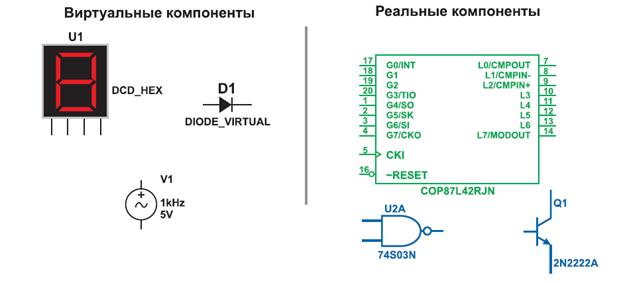Prevention of Asthmatic Attacks in Children
There are many instances when children suffer from acute asthmatic attacks. However, an acute asthmatic attack should not be regarded as an isolated clinical entity, but as one manifestation of a complex constitutional defect. Therefore successful treatment depends not on the management of the attack itself, but it should be aimed at the elimination of a chronic physiologic defect, at minimizing its impact on a child's physical and emotional development. Prevention should be regarded as the best strategy in case of "status asthmaticus". The earliest possible recognition and treatment of the developing asthma attack should be considered as the first step in prevention of "status asthmaticus". The medical history of an asthmatic child must contain all the findings concerning the onset and progression of symptoms as they have a great significance in the evaluation of this condition. Acute attacks of dyspnea or wheezing may be preceded by a prodromal period, it being characterized" by upper respiratory congestion, cough or nonrespiratory symptoms, among which loss of appetite, headache, irritability and listlessness should be mentioned. The overt attack may follow the prodromal period in a few hours or in several days. In order to follow the management of choice in overt attacks two types of such episodes should be differentiated. Rapidly evolving attacks of acute onset may follow stimuli such as antigen contact or exercise. Prophylactic treatment should be considered best in this case. After the onset of symptoms the child should be instructed to sit down, slowly sip a cup of tepid water, this being followed by slow deep diaphragmatic breathing. Though such maneuvers may have no physiologic effect on the asthmatic process, they may have a calming effect, and allow time for medication to be prepared. The attack may be relieved with rest alone. However, if it does not subside the child should be administered an earosol sympathomimetic drug, it being given by a pressurized hand-held nebulizer, or with an air compressor unit. A more gradual onset evolving over hours or days is characteristic of the other type of attack. On the one hand weather change or upper respiratory infection may result in such an attack; on the other hand, it may represent an exacerbation of poorly controlled chronic asthma. In this kind of attack "status asthmaticus" is most likely to develop, therefore such a situation presents the more important treatment problem. If a child suffers only a mild asthma, which does not require maintenance therapy, the administration of a rapidly absorbed theophylline preparation every four to six hours for a few days may suffice. However if the child has already been receiving oral theophylline therapy it may be necessary to add an inhaled sympathomimetic bronchodilator several times a day. Those occasional children whose symptoms are not relieved by prompt and regular use of adrenergic drugs and the theophylline during the attacks, frequently require hospitalization. In such cases the early use of a three or four day course of corticosteroid consisting of prednisone 1 mg/kg three times a day should be considered effective. Cases of acute attacks and constant control of disease should be regarded separately. If the child suffers from frequent acute attacks, the presence of a chronic airway obstructions seems reasonable to be looked for. For this purpose a complete pulmonary function evaluation should be performed, the most important information being yielded by measurement of small airway status (FEF23.75, residual volume). It is advisable to perform testing on a good day, the child being asymptomatic and having the chest clear to auscultation. In the presence of a small airway obstruction and hyperinflation aggressive pharmacologic management should be initiated with the aim of returning pulmonary function to normal and maintaining it at that level. Such a program is supposed to prevent the occurrence of acute attacks. Occasionally cases are encountered when the child has normal interim pulmonary function in spite of frequent acute episodes. Such a variety requires therapy aimed at early. recognition of prodromal signs, the whole course of treatment being more intensive and acute.
|




